Central Asia is a landlocked region that could one day become a centre of interconnection for other regions and countries, including China, Iran, Russia, and the Caucasus. But to get there, networks in the region will need to cross a number of hurdles. CAPIF 1 will bring together local communities to help build a more diverse interconnection environment in the region.
The Central Asia Peering and Interconnection Forum (CAPIF) is a two-day event for network engineers, peering coordinators, Internet providers, cloud administrators, and data centre operators. Its goal is to promote peering and address other related topics that have a direct bearing on the development of the region’s Internet. The event takes place next week in Almaty, Kazakhstan from 16-17 November and anyone interested in taking part can register now for free.
With governments across Central Asia prioritising the need for a more accessible Internet, and infrastructure development projects underway that promise to improve accessibility and affordability in the area, CAPIF 1 is an opportunity for local technical communities to come together, build relationships, share best practices, and prepare for future growth.
Peering and interconnection in Central Asia
In 2020, we published a RIPE NCC Country Report examining the development of the Central Asian Internet. As well as offering a view of the Internet in countries across the region, the report identified challenges for growth – often rooted in the local geographical and political landscape – and set out a range of technical insights to help stakeholders determine what steps to take to overcome existing limitations.
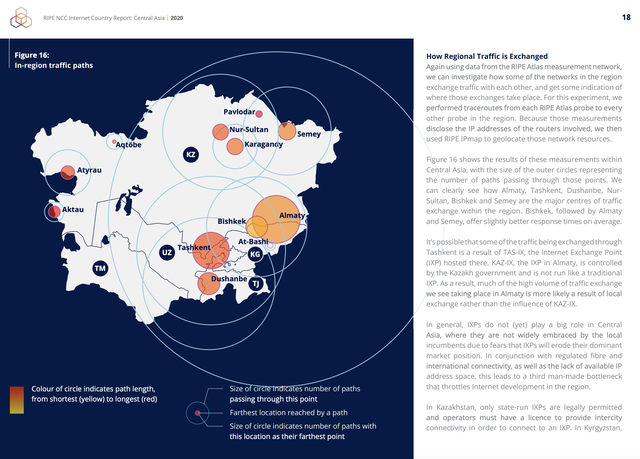
Alongside the call for more fibre infrastructure, better international connectivity, and more IPv6, we particularly emphasised the need to cultivate a distributed and diverse interconnection environment in Central Asia, moving away from the centralised layout we often see among networks in the region.
Two years later, we can see that while Internet in the region has continued to grow, the need for greater diversity remains. More providers and more networks with more interconnections between each other will make the Internet more accessible and affordable to local users, and also more resilient, as greater diversity decreases dependence on a small set of ‘core networks’ for connectivity.
Interconnection initiatives
The need for connectivity in the region is well-recognised by various international players and organisations. There are several initiatives to support the development of digital infrastructure across the region. One is the Asia-Pacific Information Superhighway, run by UNESCAP. Others have been initiated in the framework of the Black Sea Economic Cooperation Organisation and the European Union.
Recently, the EU has announced an ambitious multibillion activity to connect the EU to other part of the world - including Africa, the Caucasus and Central Asia - which will provide additional momentum to the implementation of related initiatives.
Peering as a strategic opportunity
Central Asia has the potential to become a major hub of connectivity serving a wide spread of countries with some very big markets. To get there though, technical communities in the region need to work together to enter the wider interconnection ecosystem. Again, diversity is key. And one particularly effective, tried-and-tested means of achieving this is to invest in IXPs and promote local peering.
The benefits of peering - where network operators agree to freely exchange traffic with one another in (often quite informal) quid pro quo arrangements - are many. On the network side of things, peering helps keep traffic local, reducing latency for users and lowering transit costs for providers while also boosting their resilience and minimising external dependencies.
But there’s also an important human element in all this. Peering depends on trust and shared understanding between network operators who, sometimes even as competitors, agree to exchange traffic for the mutual benefit of their networks. As such, peering helps reinforce the essential ties between people that Internet communities are built upon.
For these reasons, developing a mature peering infrastructure in CA will be a vital part of any strategy for unlocking the full potential of the region’s Internet. But there are still hurdles. Regulatory barriers can also stall efforts to set up IXPs, not to mention limit the ability of operators to enter into peering agreements in the first place. These are issues that need to be discussed openly for progress to be made. What’s more, it's often the case that companies who compete with one another in the marketplace are reluctant to engage and start building a peering ecosystem. What's needed is a neutral space for these kinds of negotiations, which ultimately seek to build greater trust and cooperation.
CAPIF 1
At CAPIF 1, there will be sessions for attendees to learn more about the technical aspects of peering, get advice on conducting the relevant negotiations, and initiate new peering agreements. We’ll also get updates on local IXPs and efforts to develop peering infrastructure in the region.
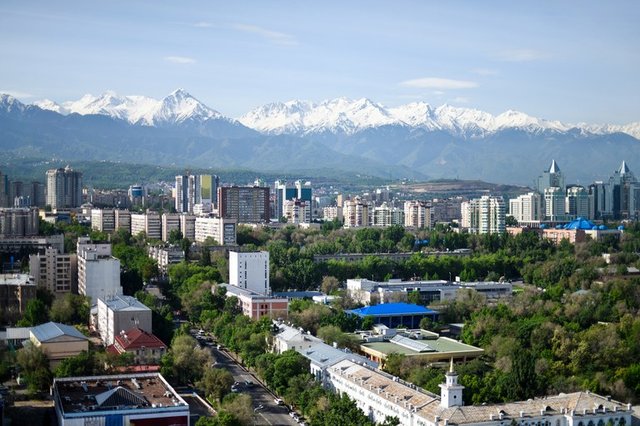
One session will focus on discussion of the regulatory environment in Central Asia. And on the second day, we'll hear more from RIPE NCC staff about efforts to measure the Central Asian Internet so that we can better understand and track its development.
Perhaps most importantly, CAPIF 1 will act as a neutral place where operators from all over Central Asia can meet with each other in person – face to face. The value of this intangible factor when it comes to building a stronger community in the region is hard to overstate. After all, as they say, peering often happens with a handshake. And not only are we glad to welcome attendees from Central Asian countries, but also from neighbouring countries, regions, and communities, who all have something to gain from a more diverse and robust Central Asian Internet.
We look forward to welcoming all our attendees at the meeting and we very much hope the forum helps to bring about positive change in how the Internet operates in the region.

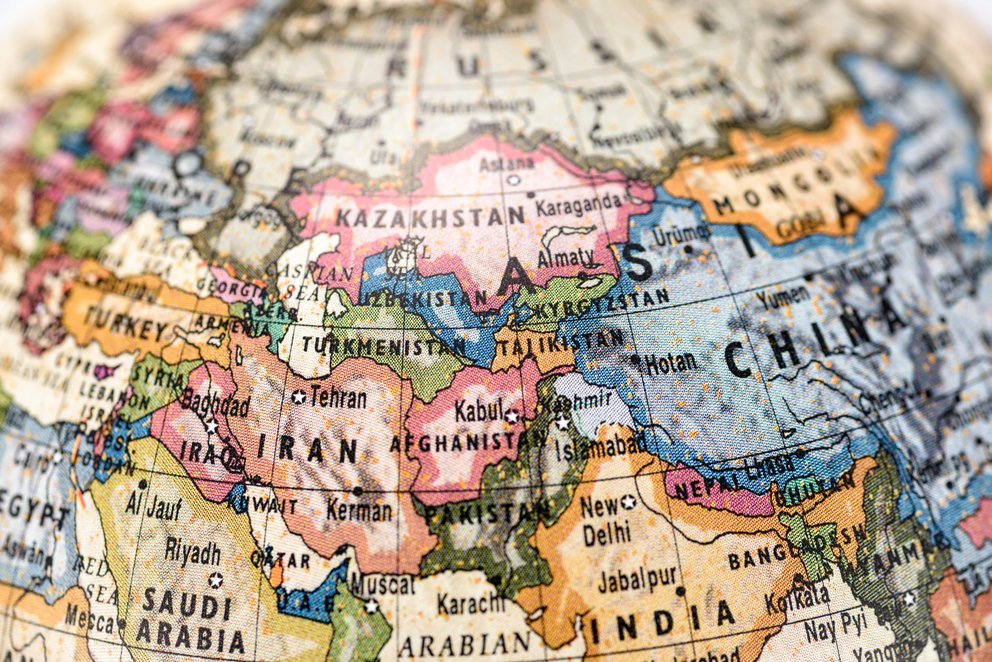

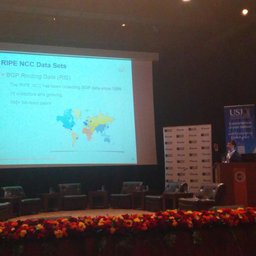
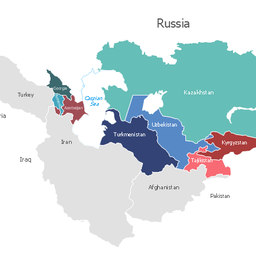
Comments 0
The comments section is closed for articles published more than a year ago. If you'd like to inform us of any issues, please contact us.